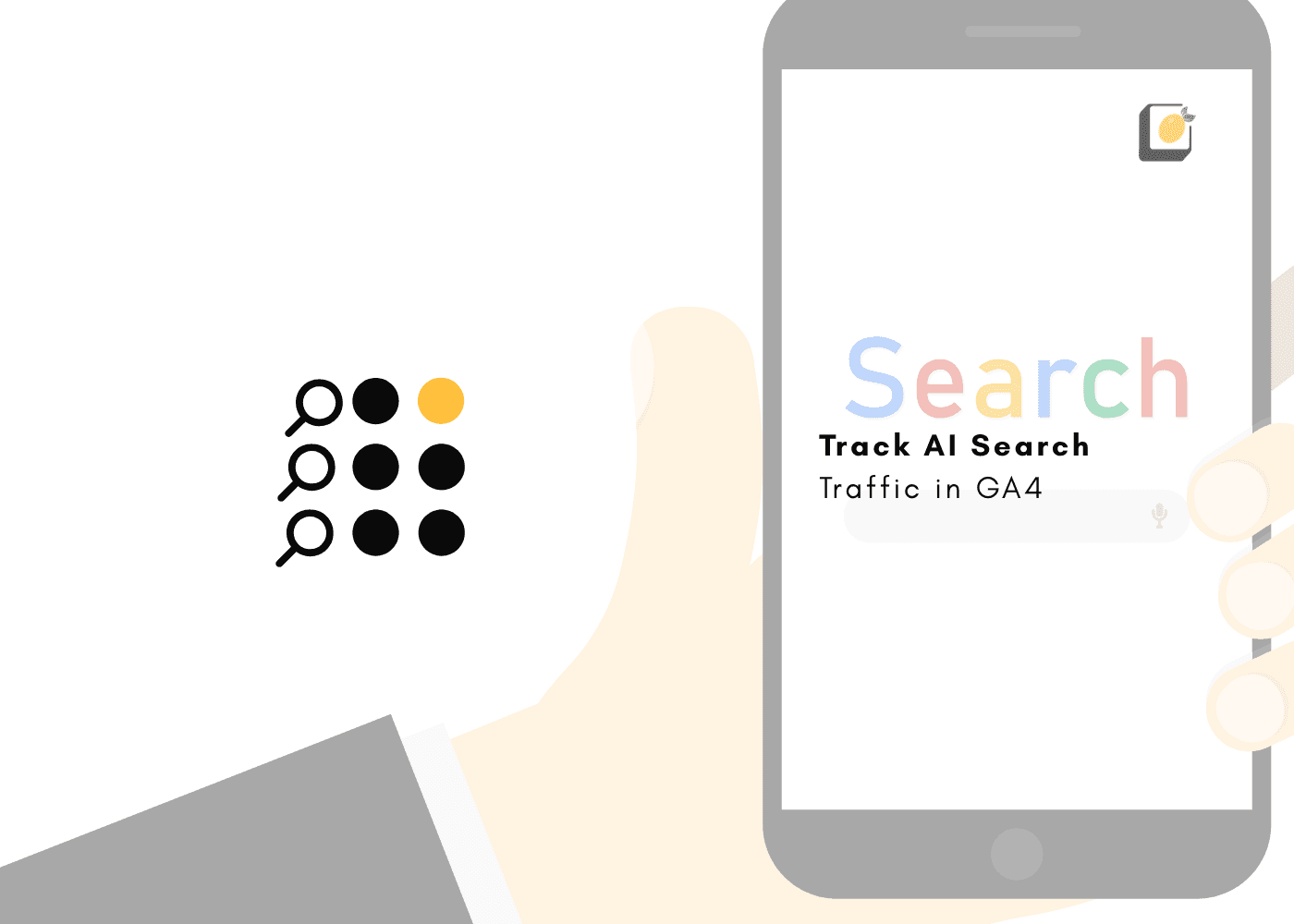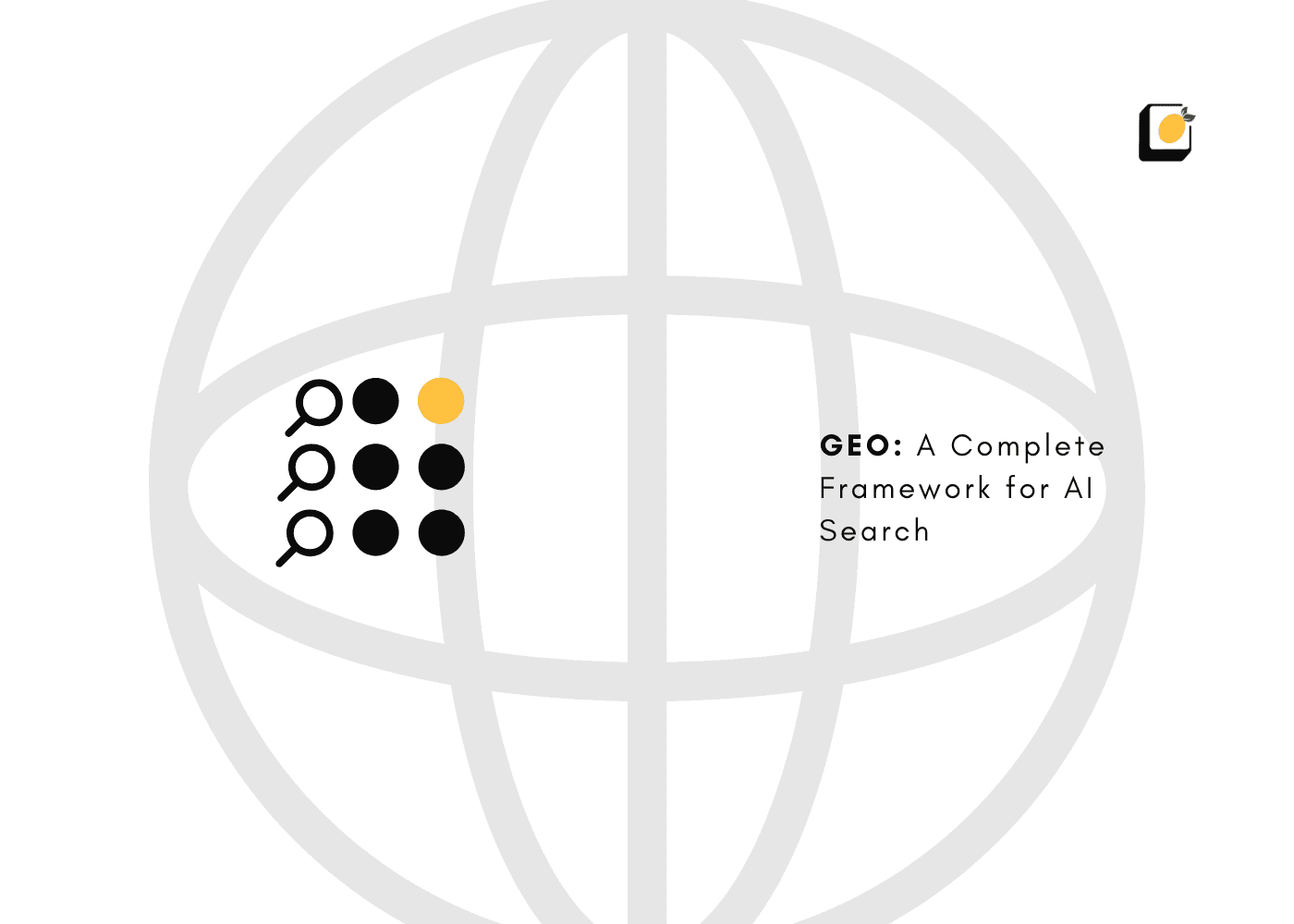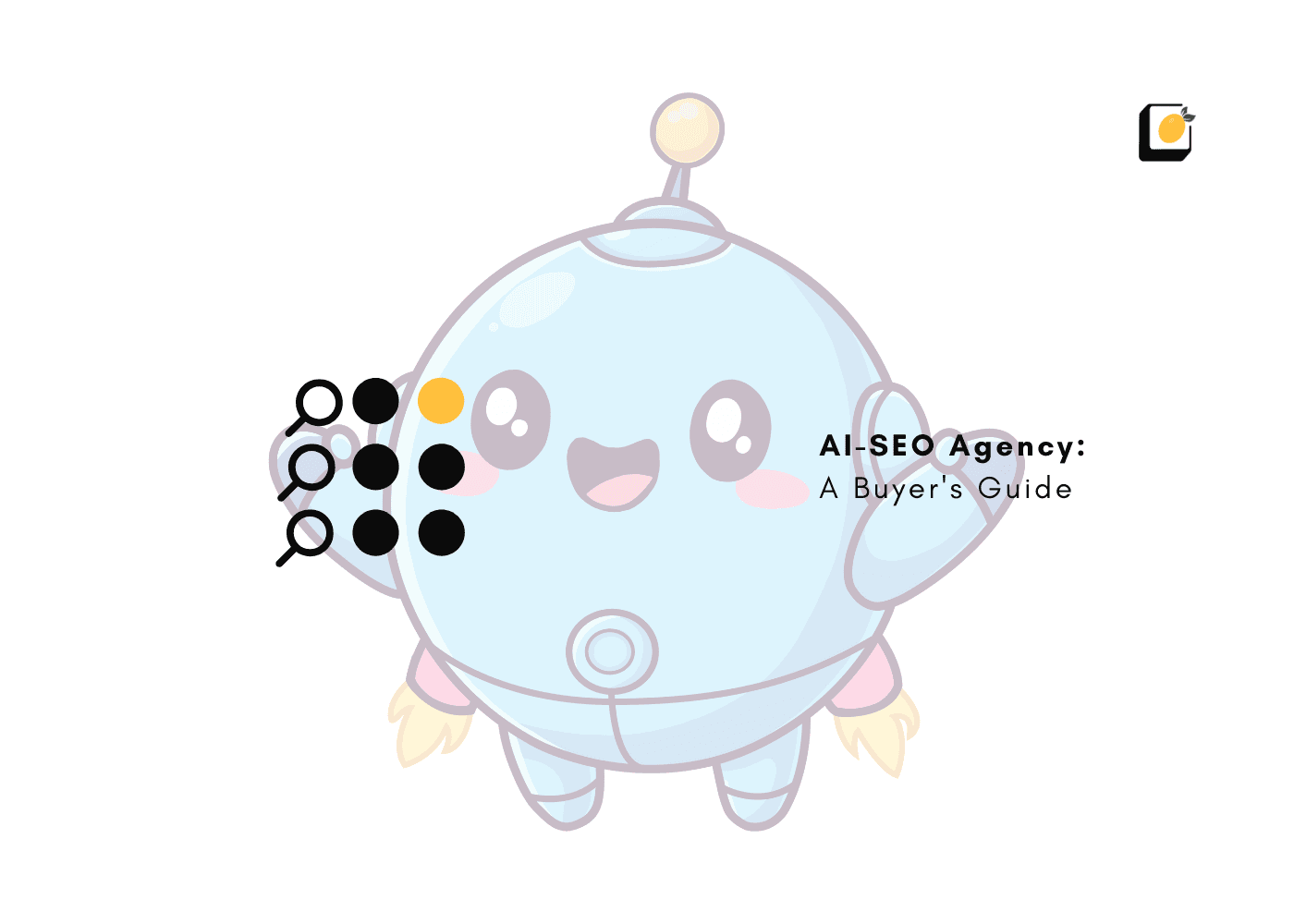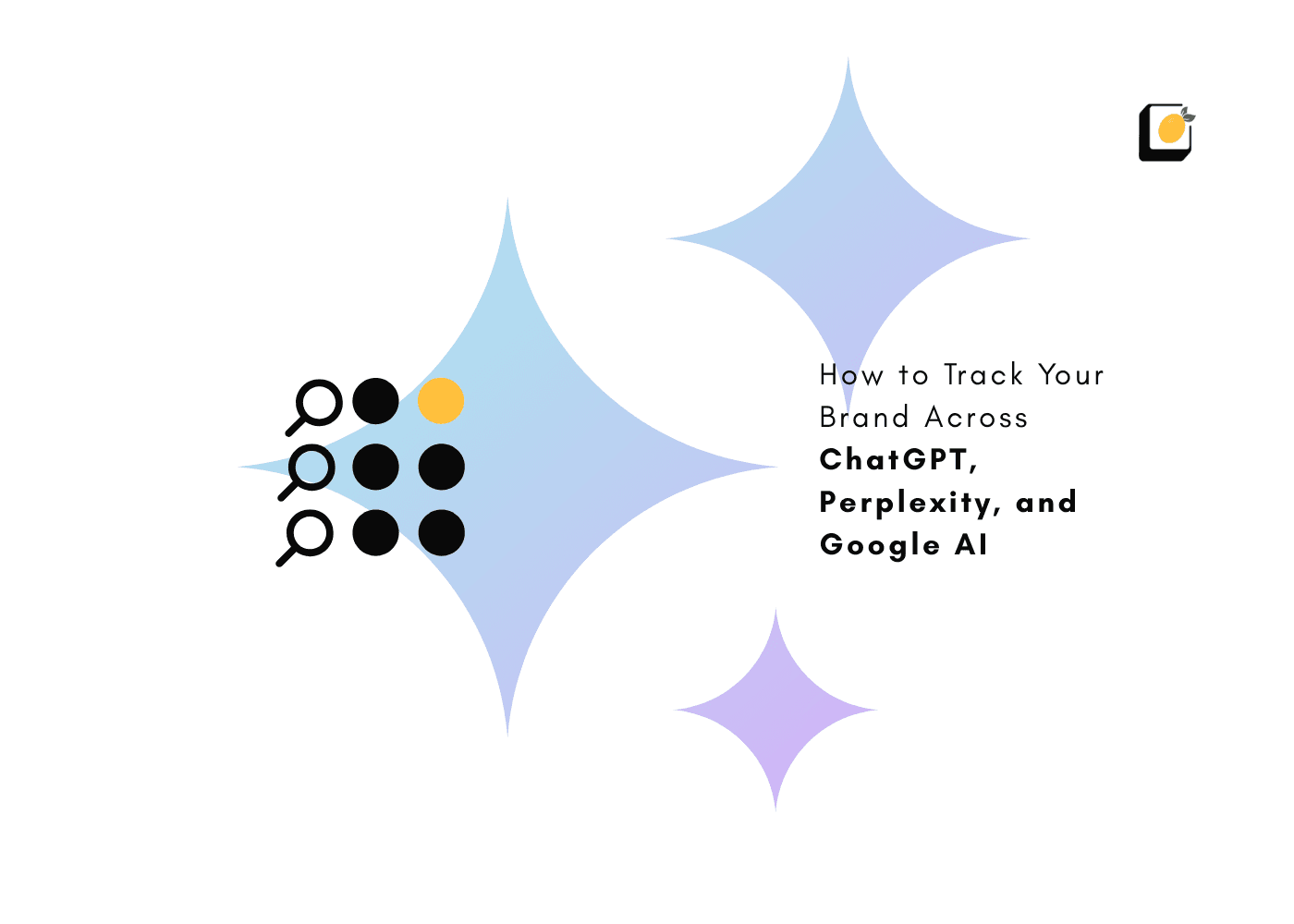Mastering SEO in 2025: Top Strategies for Dominating Search Rankings
July 5, 2025
Join 500+ brands growing with Passionfruit!
The rules of SEO have fundamentally shifted. What worked in 2020, or even 2023, is no longer enough. In 2025, SEO is no longer just about rankings; it’s about building a high-performance, full-funnel acquisition engine rooted in search intent, AI-assisted scalability, and user-first content systems.
With the rise of AI Overviews, zero-click results, and smarter SERP layouts, traditional tactics like keyword stuffing or mass backlink outreach are obsolete. Success today hinges on integrated systems, cross-functional teams, and a clear focus on measurable business outcomes.
This article breaks down the top SEO strategies for 2025. No fluff, no recycled checklists. Just what’s working right now for modern, ROI-focused growth teams.
Explore how Passionfruit’s AI SEO Platform drives predictable ROI.
2025 SEO Landscape: What’s Changed and Why It Matters
Search has evolved into a multidimensional experience, shaped by AI, UX expectations, and searcher behavior. Here’s what’s different:
AI Overviews are replacing classic “blue link” real estate. Google is now summarizing content at the top of the SERP, often without a click.
Zero-click searches dominate high-volume queries. Users now get answers instantly. Traffic is won through positioning and intent ownership, not just ranking.
Intent clusters, not keywords, are the new unit of strategy. Brands must map content to journey stages instead of isolated terms.
In short: If you’re still thinking in terms of “ranking blog posts,” you’re already behind. Modern SEO requires brands to own the conversation, not just appear in it.
Embrace AI-Powered SEO Without Sacrificing E-E-A-T
AI is no longer optional. It’s a force multiplier when used right. Tools like Clearscope, Surfer, and Passionfruit’s own platform can help you:
Automate keyword clustering, SERP gap analysis, and content brief generation.
Identify opportunity zones across long-tail and high-intent commercial terms.
Accelerate production without burning out your content team.
But AI alone won’t make you rank. What’s missing from generic AI-generated content? Experience, Expertise, Authority, and Trust (E-E-A-T). Google is doubling down on these signals, especially post-HCU (Helpful Content Update).
The winning approach? Let AI do the heavy lifting, but ensure subject-matter experts (SMEs) bring originality and nuance. This “AI + Human layer” model is outperforming both fully manual and fully automated workflows.
Over-reliance on AI creates content that sounds right, but doesn’t rank. E-E-A-T is your differentiator in 2025.
Make Search Intent the Backbone of Your Strategy
Ranking for a keyword means nothing if it doesn’t move the business forward. That’s why 2025 SEO starts with intent segmentation:
Informational intent = Top-funnel content (educational, glossary, how-tos).
Commercial intent = Comparison, best-of, use-case-driven landing pages.
Transactional intent = Product or service pages, demo requests, pricing.
CMOs and growth leads should shift from “we need more content” to “are we covering the full buyer journey?” Tools like Google Search Console, zero-party data (surveys, CRM behavior), and SERP observation help surface what users truly want.
And remember, not all search volume is created equal. 300 high-intent searches often outperform 3,000 low-intent ones when mapped to pipeline impact.
Learn how Passionfruit’s B2B Content Engine turns search intent into sales outcomes.
Prioritize UX, Core Web Vitals, and Accessibility
Google has made one thing crystal clear: great SEO requires great UX. In fact, user experience is now directly tied to your ability to rank and convert.
Here’s what matters in 2025:
Page speed and interactivity (Core Web Vitals): If your site loads slowly or shifts on click, it won’t hold attention or rank well.
Mobile-first design: Google crawls and evaluates your mobile version first. If it’s clunky, you’re invisible.
Accessibility as an SEO lever: Alt tags, semantic HTML, and clean navigation don’t just help screen readers, they help bots too.
But don’t stop at compliance. Focus on emotional UX. Does your site build trust? Does your CTA layout match intent? Are you creating an experience that makes your brand feel like the obvious next step?
In 2025, ranking without converting is a wasted opportunity. The two are now inseparable.
Create High-Value Content That Earns Shares and Signals
In 2025, high-value content doesn’t just mean long-form. It means intentional, user-first assets that solve real problems and generate engagement signals Google pays attention to, like backlinks, shares, dwell time, and brand mentions. The foundation? Deep alignment with search intent.
Start with first-party insights. Thought leadership drawn from your own customer data, interviews with SMEs, or internal use cases is significantly harder to replicate and more likely to earn links.
Think beyond blog posts. Content formats like interactive tools, ROI calculators, or embedded product demos not only improve UX but position your brand as a category leader.
Crucially, it’s no longer about how often you publish.
It’s about how well you maintain what’s alive.
Refreshing, consolidating, and re-optimizing existing content (especially pages that rank on page 2 or have decaying traffic) can generate outsized results compared to constant new production.
Adapt to AI-Enhanced SERPs
The SERP in 2025 is a dynamic interface shaped by AI Overviews, zero-click queries, and Google’s evolving UX layer. This has completely redefined how searchers discover and evaluate brands.
To stay visible, SEO teams must optimize content for scannability and clarity.
Clear headings, short summaries, tables, and bulleted lists help your pages surface in featured snippets and “People Also Ask” modules.
Structuring your content with semantic clarity (H1 > H2 > FAQ schema) also boosts your chances of showing up in SGE results, where Google summarizes the web in its own language.
This shift also makes branding within SERPs more important. Even when users don’t click, showing up in AI summaries creates repeated exposure. It’s critical for high-ticket SaaS and B2B decision journeys.
If you're not tailoring your content for SERP presence, you're losing the impression, even if you're technically “ranking.”
Connect SEO with CRO and Revenue Outcomes
For SEO to earn budget and strategic importance, it must prove its connection to pipeline and revenue.
That means building SEO-to-CRO flows directly into your content strategy.
Product-led content should map to activation points: demo requests, trial signups, or downloadable tools. Middle-of-funnel pieces should include frictionless CTAs and internal linking that ladders up to measurable business impact.
Leverage tools like GA4, attribution models, and revenue reporting frameworks to tie specific URLs or keyword clusters to revenue milestones.
Create feedback loops with product and performance teams to optimize landing page messaging and identify content that underperforms despite strong rankings.
Talk to a Passionfruit Growth Strategist today!
Measure What Actually Matters (and Ditch the Vanity Metrics)
Not all KPIs are created equal. In 2025, the brands that win are the ones who stop obsessing over keyword rankings and start measuring what truly moves the business.
Start by redefining your metrics around search experience, not search exposure. Are users engaging with your content? Are they clicking CTAs? Is content influencing sales conversations or accelerating the funnel?
Metrics like content velocity (production + refresh cycles), topic saturation (coverage of a full intent cluster), and search share of voice matter more than isolated position #1 wins. And while traffic is nice, engagement and downstream conversions (signups, bookings, deals) tell you whether your SEO program is actually effective.
SEO in 2025 isn’t a visibility tactic. It’s a performance channel. Treat it like a revenue lever!
Future-Proof Your SEO Stack and Team Structure
Winning in search now requires more than just writers and basic tooling. It takes a hybrid team built to operate across strategy, product, content, and data.
That means investing in both specialist talent and the right AI-enabled tools.
Editors should be fluent in prompt engineering and QA for AI-assisted copy.
Strategists should know how to extract opportunities from Screaming Frog, Surfer, or Passionfruit’s AI engine.
And your analysts must be able to quantify what SEO brings to revenue.
Your team structure matters too. Stop treating SEO like a siloed function. Instead, embed it into product launches, brand strategy, and sales enablement.
The future SEO team is architecting visibility across the full user journey.
Common Mistakes to Avoid in 2025
Even the most well-resourced teams fall into traps. Here's what to look out for as you build a modern SEO program.
Over-automating content: AI is a tool, not a content team. Without human oversight, your output will lack originality and depth.
Neglecting E-E-A-T: Experience, expertise, and trust are not optional. Especially in competitive or YMYL categories.
Prioritizing volume over value: Chasing search volume without considering buyer intent leads to poor conversion and brand dilution.
Letting technical debt pile up: Broken links, outdated content, thin pages. These all chip away at domain health and trust.
Avoid these, and you’re already ahead of 80% of your competitors.
SEO in 2025 Is Growth Engineering
SEO in 2025 is a lever for sustainable growth. When done right, it becomes a compound asset that delivers visibility, authority, and revenue over time.
It’s now about owning the intent, converting that intent into action, and building brand equity with every search experience.
The companies that win will be the ones who embed SEO into their broader growth stack, treat it like a system and measure it by what truly matters: qualified traffic, product activation, and pipeline contribution.
Ready to turn SEO into a predictable revenue channel? Book a call with Passionfruit.
Key Takeaways
SEO in 2025 is no longer about rankings, it’s a revenue engine.
Intent-led content strategy beats keyword volume every time.
AI is essential, but human expertise is what moves the needle.
High-performance SEO teams work cross-functionally, not in silos.
If it doesn’t convert, it doesn’t matter. SEO must drive the pipeline.
FAQs
Q1. How is SEO different in 2025 compared to past years?
SEO has shifted from keyword games to experience-led, full-funnel content. With AI Overviews, zero-click results, and intent clustering, visibility now depends on authority, UX, and business alignment.
Q2. Can I rely solely on AI tools for SEO content in 2025?
No. AI can help scale production, but without human expertise and editorial oversight, content will lack originality, depth, and E-E-A-T signals that Google favors post-HCU.
Q3. What metrics actually matter for SEO success today?
Focus on revenue-aligned metrics like pipeline contribution, conversions from organic traffic, and topic saturation, not just traffic or keyword rankings.
Q4. How do I align SEO with my business goals and growth team?
SEO should be embedded into your product marketing, CRO, and go-to-market plans. That means aligning search intent with real buyer journeys and tracking performance across the funnel.
Q5. What kind of content performs best on modern SERPs?
Content that’s intent-aligned, deeply useful, and optimized for SERP features like snippets, FAQs, and AI summaries. Use first-party insights and structure your content for clarity.















